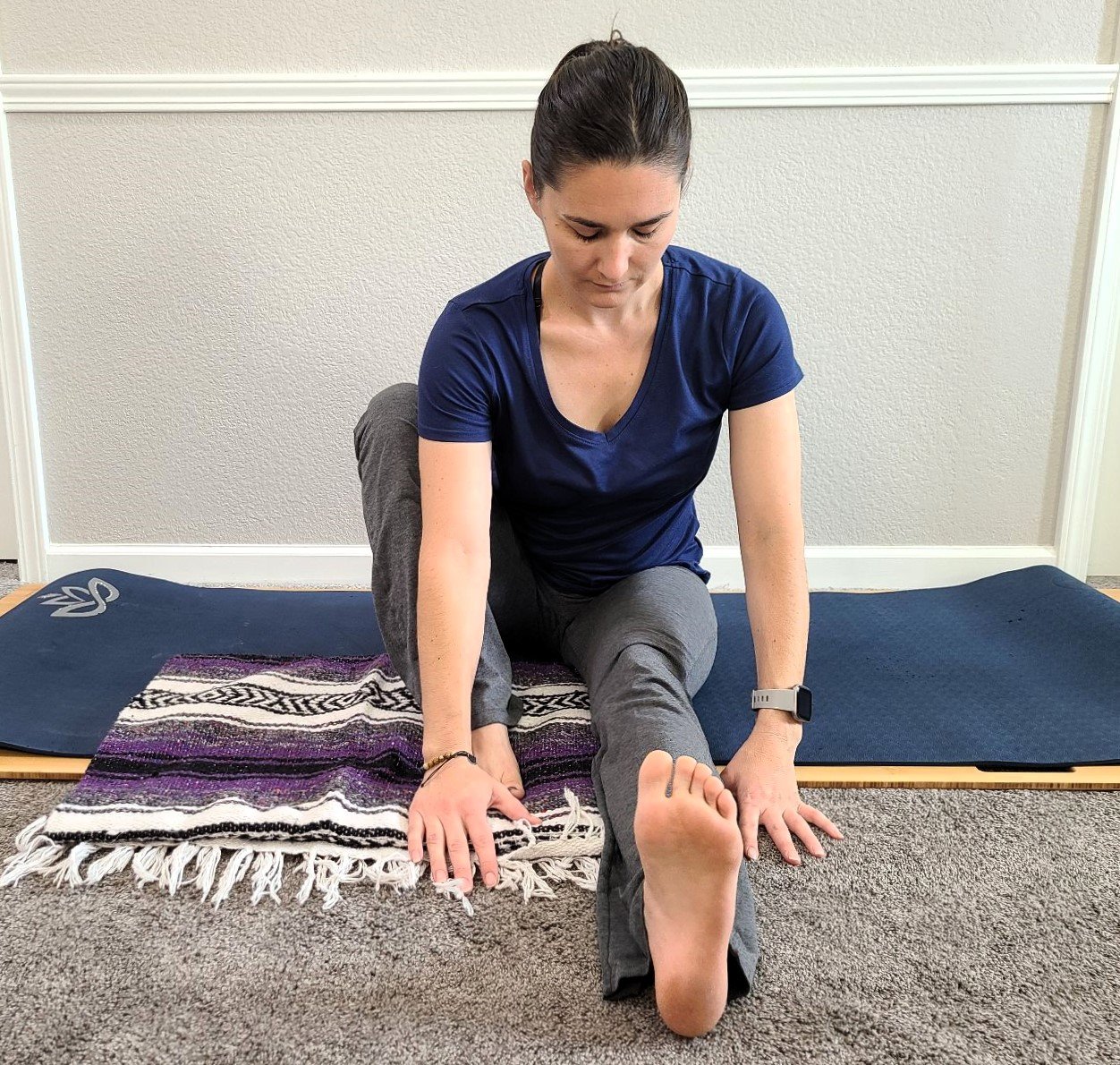Pain in Marichyasana: What Causes It and How to Avoid It
/Marichyasana, or Sage Marichi's Pose, is a seated hamstring stretch or twist, depending on which of the four variations you do, that stretches the spine, shoulders, and hips. Each of the four variations of the pose offers different challenges and benefits, and it is important to be aware of the potential for pain when performing it.
Marichyasana a; CC BY-SA 4.0 Yogini asha
What causes pain in Marichyasana?
There are a few reasons why you might experience pain in Marichyasana:
Tightness in the hamstrings, hips, muscles of the spine, or shoulders. Marichyasana is a deep stretch for all of these areas, and if they are tight, it can put strain on the muscles and joints.
Incorrect alignment. If you are not aligned correctly in the pose, you can put pressure on your joints and muscles in a way that can cause pain.
Injury. If you have any injuries to the spine, hips, or shoulders, Marichyasana can aggravate them.
Scoliosis or leg length discrepancy. These conditions can affect the depth of the femur in the socket or change the alignment of your bones and joints, which could make this pose uncomfortable.
Pregnancy. Marichyasana can be uncomfortable for pregnant women, especially in the later stages of pregnancy, and therefore is generally avoided.
How to avoid pain in Marichyasana
Reduced range of motion in marichyasana a
Here are some tips to help you avoid pain in Marichyasana:
Warm up your body before practicing the pose. The hips and shoulders should be prepared for the pose.
Listen to your body. If you feel any pain, come out of the pose or reduce the intensity or range of motion.
Modify the pose. There are several variations of Marichyasana. Practice at an intensity that doesn’t cause pain. Choose how much to pull your leg in or the depth of your twist with where you place your arm on your leg. For example, placing your arm or elbow on the inside of your raised bent leg is a deeper twist that when it is on the outside.
Use props to help you stay aligned. For example, you can use a blanket under the foot of your bent knee to raise it up, or you can use a strap to help you reach your hands behind your back.
If you are pregnant, choose alternative poses or consult with your doctor before practicing Marichyasana.
What to do if you experience pain in Marichyasana
If you experience any pain in Marichyasana, slowly back out of the pose. Reducing the intensity of the pose might be sufficient or you may need to come out of the pose entirely. Do not push through the pain in this pose. If the pain persists, see a doctor or physical therapist to rule out any injuries.
Conclusion
Marichyasana is a deep and challenging pose that can offer many benefits, but it is important to be aware of the potential for pain. By following these tips, you can help to avoid pain and enjoy the benefits of this pose safely.
Listen to your body—this is a key lesson of yoga. If you experience any pain, come out of the pose, search for an alternative, and talk to your instructor.



